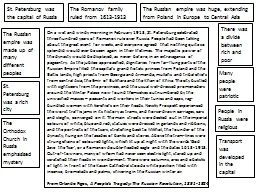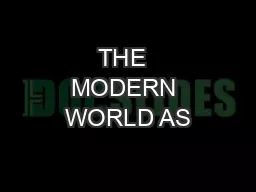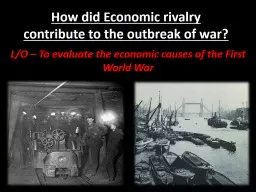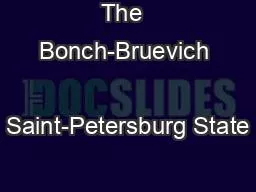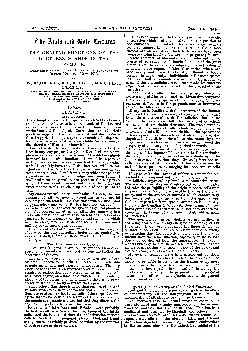PPT-On a wet and windy morning in February 1913, St. Petersburg celebrated three hundred years
Author : olivia-moreira | Published Date : 2018-10-10
Armenda mullahs and tribal chiefs from central Asia the Emir of Bukhara and the Khan of Khiva The city bustled with sightseers from the provinces and the usual
Presentation Embed Code
Download Presentation
Download Presentation The PPT/PDF document "On a wet and windy morning in February 1..." is the property of its rightful owner. Permission is granted to download and print the materials on this website for personal, non-commercial use only, and to display it on your personal computer provided you do not modify the materials and that you retain all copyright notices contained in the materials. By downloading content from our website, you accept the terms of this agreement.
On a wet and windy morning in February 1913, St. Petersburg celebrated three hundred years: Transcript
Download Rules Of Document
"On a wet and windy morning in February 1913, St. Petersburg celebrated three hundred years"The content belongs to its owner. You may download and print it for personal use, without modification, and keep all copyright notices. By downloading, you agree to these terms.
Related Documents

